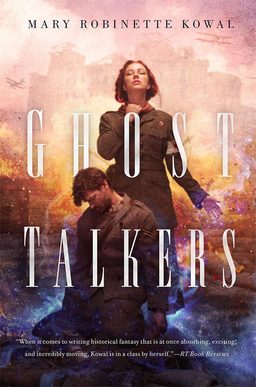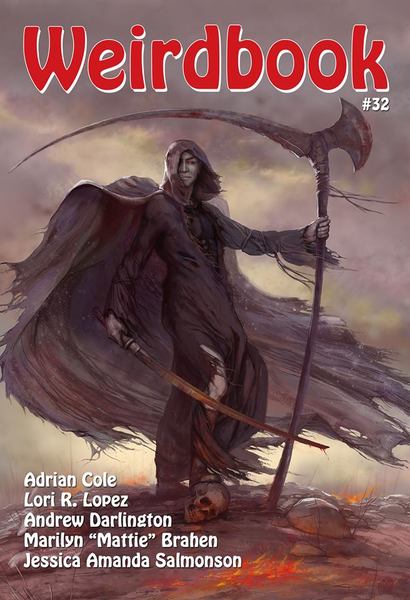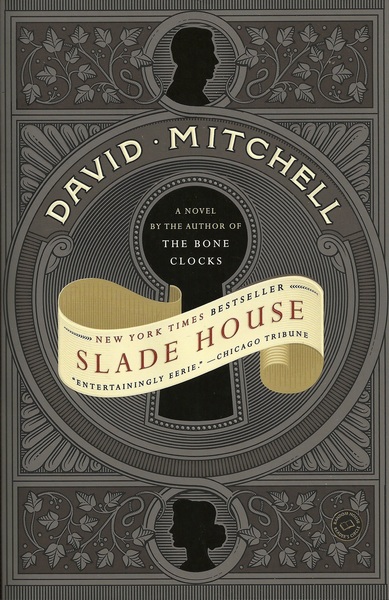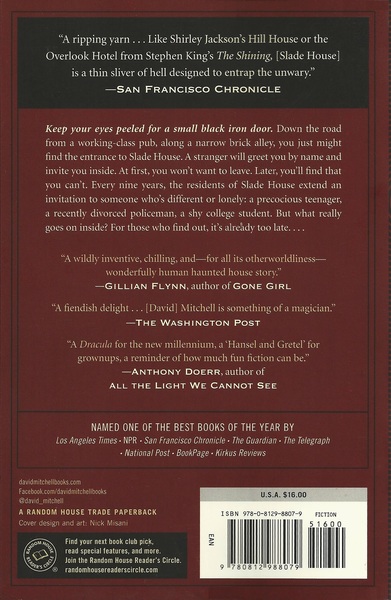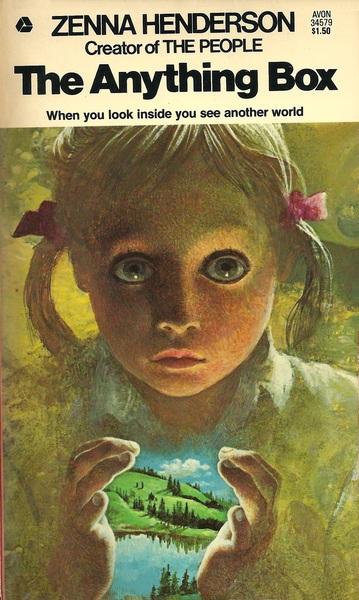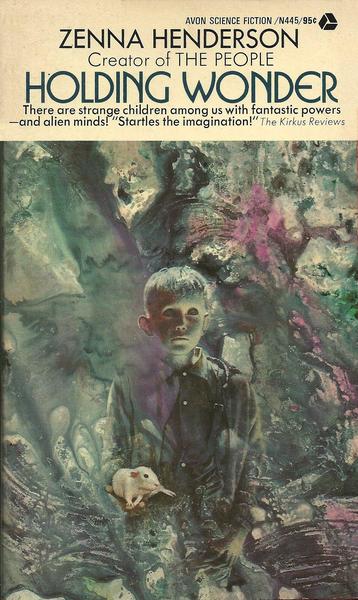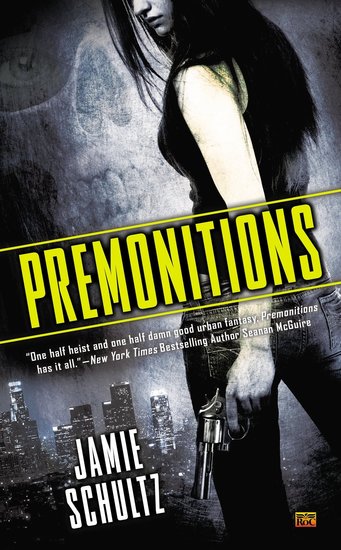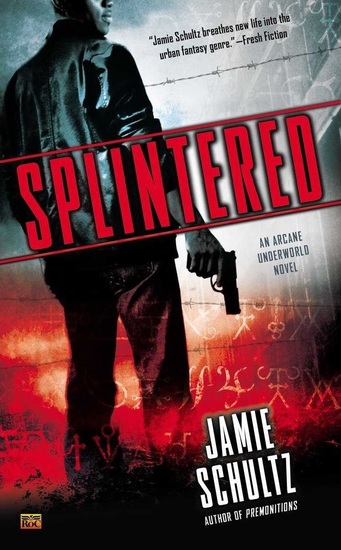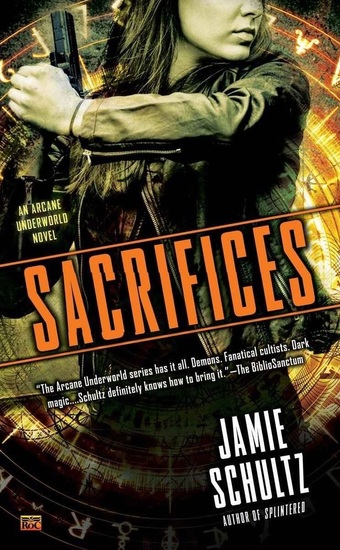Chaosium’s Borderlands: Can Playing RPGs Really Make You a Billionaire?
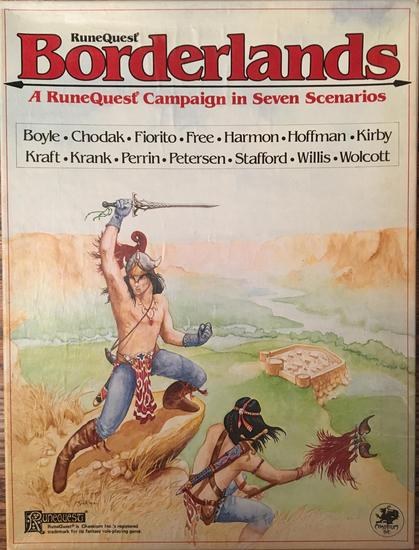 |
 |
Some of the most treasured possessions in my games library are the boxed adventure supplements published by Chaosium between 1981 – 1986. They include some of the finest adventure gaming products ever made, such as the classic Thieves’ World (1981), Michael Moorcock’s Stormbringer (1981), the brilliant Masks of Nyarlathotep (1984), the Arkham Horror board game (1984), Larry Niven’s Ringworld (1984), the revolutionary King Arthur Pendragon RPG (1985), and H.P. Lovecraft’s Dreamlands (1986).
I bought each as it was released, and over the last 30 years I’ve made a concerted effort to pick up spare (i.e non shrink-wrapped) copies whenever I can find them. I had to give that up about a decade ago, as prices have skyrocketed… copies of many of Chasoium’s early boxed sets in good condition sell for $200 and up these days. A few years back I was lucky enough to find a decent condition copy of Borderlands, an epic campaign for RuneQuest published in 1982, for 40 bucks — a bargain! — and snatched it up. It’s been sitting next to the big green chair where I write all my BG posts ever since, waiting until I have the time to say a few words about it.
Coincidentally, yesterday I stumbled upon a fascinating tidbit at Geek & Sundry that reports that LinkedIn co-founder Reid Hoffman — who recently sold his company to Microsoft, becoming a billionaire in the process — was one of the writers of Borderlands, and in fact was a contributor to Chaosium at a very early age. Here’s the relevant part of the article, written by Ben Riggs and titled “Playing RPGs Can Totally Make You a Billionaire, You Guys.”
